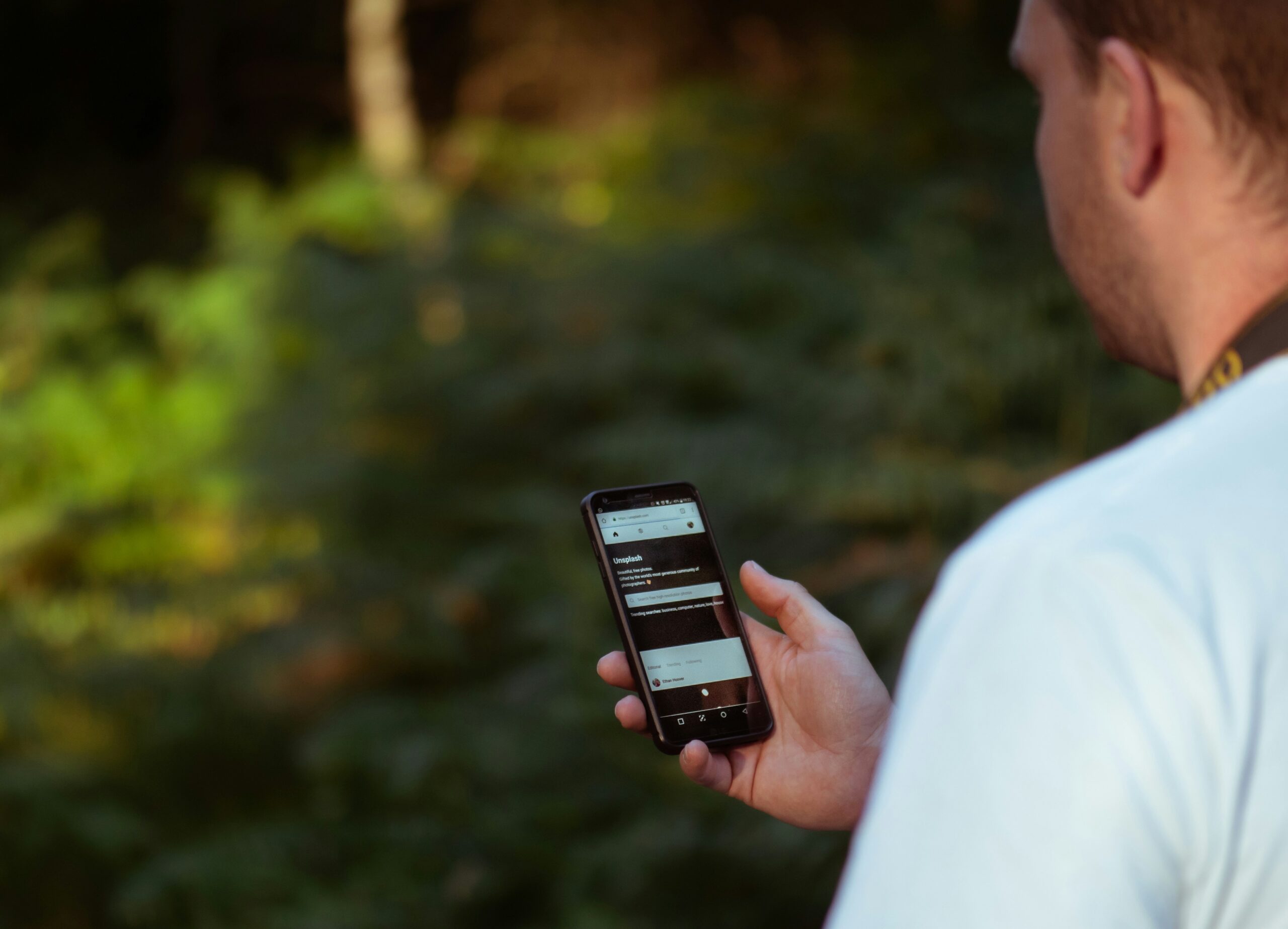Ever wondered why your consulting course case studies feel more like a snooze-fest than a game-changer? Yeah, me too.
If you’re tired of spending hours crafting lackluster case studies that fail to convert or teach, don’t panic. You’re about to unlock the secrets of creating killer case studies for financial tools and apps—and no, it won’t involve pulling all-nighters.
In this guide, we’ll uncover actionable Case Study Tips tailored specifically for consulting course creators in the personal finance niche. From storytelling frameworks to nifty app integrations, you’ll learn everything you need to make your content stand out.
Here’s what we’ll cover:
- The biggest mistake I made with my first consulting case study (and how you can avoid it).
- A step-by-step formula for structuring winning case studies.
- Examples from real-world success stories.
Table of Contents
- Key Takeaways
- Why Case Studies Are Crucial for Consulting Courses
- Step-by-Step Guide to Writing Killer Case Studies
- Best Practices for Nailing Your Financial App Case Studies
- Real-Life Examples That Worked Wonders
- Frequently Asked Questions About Crafting Case Studies
Key Takeaways
- Great case studies focus on storytelling—not just data dumping.
- Use screenshots and visuals to show results rather than telling them.
- Avoid vague outcomes; always include measurable metrics.
- Leverage emotional hooks by showing both pain points and solutions.
Why Case Studies Are Crucial for Consulting Courses
Let’s get one thing straight: If your consulting courses sell strategies for using financial tools and apps, nothing builds trust faster than a solid case study. Period.
Think back to the last time you bought an online course. What convinced you? Was it bullet-point features, or did the testimonials slap harder than your morning coffee?
But here’s where most people mess up:
“I once wrote a case study that read like a tax return form—dry, bland, and completely useless.” – Me, after losing $500 in ad spend.
Optimist You:
“Sharing numbers is enough—it’s proof!”
Grumpy Me:
“Numbers are great, but they need context. Numbers alone sound like your laptop fan at midnight.”
Your potential clients aren’t robots—they crave stories. Pain points. Transformations. And yes, even cheesy before-and-after moments.

Step-by-Step Guide to Writing Killer Case Studies
1. Identify the Problem Clearly
No fluff. Start by outlining the specific problem your consulting client faced. Example:
- “Maria couldn’t track her expenses efficiently.”
- “John struggled to integrate his budgeting app with his existing workflow.”
2. Show the Solution (Without Sounding Salesy)
Detail exactly what steps they took. Did Maria use X tool? Did John enroll in Y course? Break down their journey into digestible chunks.
3. Include Hard Metrics
Say it loud and proud: “Maria saved $5,000 annually” or “John reduced his monthly bookkeeping time by 70%.”
4. Use Quotes to Add Humanity
Inject personality. Let Maria gush about how life-changing her savings were.

Best Practices for Nailing Your Financial App Case Studies
- Keep It Scannable. Use bold headers, short paragraphs, and plenty of whitespace.
- Create Visual Comparisons. Tools like Canva let you design eye-catching infographics.
- Stay Honest—Don’t Fake Data. This ain’t TikTok trends; authenticity matters here.
- Rant Alert: Don’t overpromise. Promising “unlimited wealth” kills credibility instantly.
Real-Life Examples That Worked Wonders
One standout example comes from Amanda B., who launched a consulting course teaching spreadsheet hacks for small businesses. Her case study highlighted:
- Pain Point: Inefficient manual data entry.
- Solution: Automating tasks via Google Sheets scripts.
- Results: Saved 20+ hours per month per client.
The cherry on top? She included screenshots of cluttered old spreadsheets vs. sleek automated ones. Chef’s kiss!

Frequently Asked Questions About Crafting Case Studies
Q: How long should a case study be?
A: Aim for 800–1,500 words. Balance depth with readability.
Q: Do I have to reveal proprietary methods?
A: No. Highlight general strategies without giving away trade secrets.
Q: Should I use humor in my case study?
A: Sure—just keep it tasteful and relevant to the topic.
Conclusion
Crafting compelling case studies might seem daunting at first, but remember this: Great case studies combine storytelling prowess with hard-hitting evidence. Follow these tips, stay true to your voice, and watch as your consulting courses skyrocket in demand.
Pro Tip: Always end with actionable advice, not vague platitudes. Now go forth—with coffee in hand—and crush those case studies.
Like a Tamagotchi, your SEO needs daily care. Feed it good content today, reap the rewards tomorrow.


